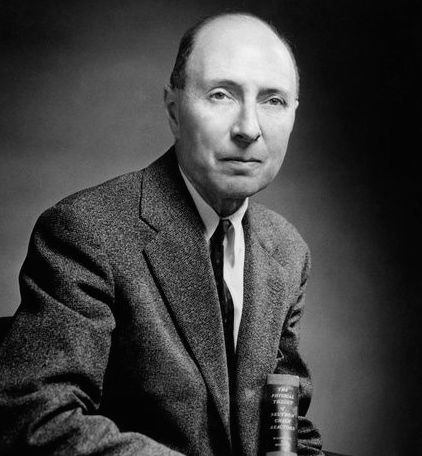
Tego dnia, w 1902 roku, urodził się Eugene Wigner, węgierski fizyk i matematyk. Zajmował się głównie mechaniką kwantową, fizyką jądrową i fizyką statystyczną. Wraz z Leó Szilárdem rozwinął teorię jądrowej reakcji łańcuchowej, a później uczestniczył w projekcie Manhattan. Był też w zespole, który zbudował reaktor atomowy, a który to posłużył do wzbogacania plutonu w celu stworzenia pierwszej bomby atomowej. Najwięcej rozgłosu przyniosły mu jednak badania na temat budowy jądra atomowego i cząstek elementarnych, do których zastosował zasady symetrii, za co wraz z Marią Goeppert-Mayer oraz Hansem Jensenem otrzymał Nagrodę Nobla w 1963 roku.
W fizyce spotkamy go m.in. pod takimi terminami jak komórka Wignera-Seitza, tranformacja Wignera–Weyla, rotacja Thomasa-Wignera, efekt Wignera, a nawet przyjaciel Wignera 😉
Taka ciekawostka – siostra Eugena Wignera, Margit, była żoną Paula Diraka 😉
